High Impact Practice Briefs

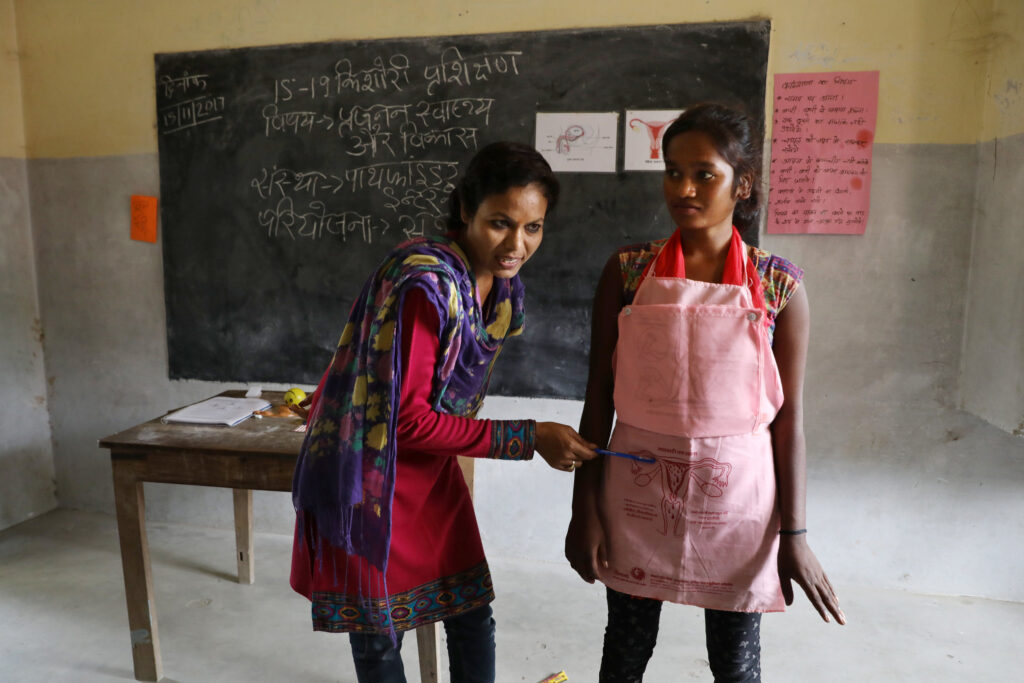
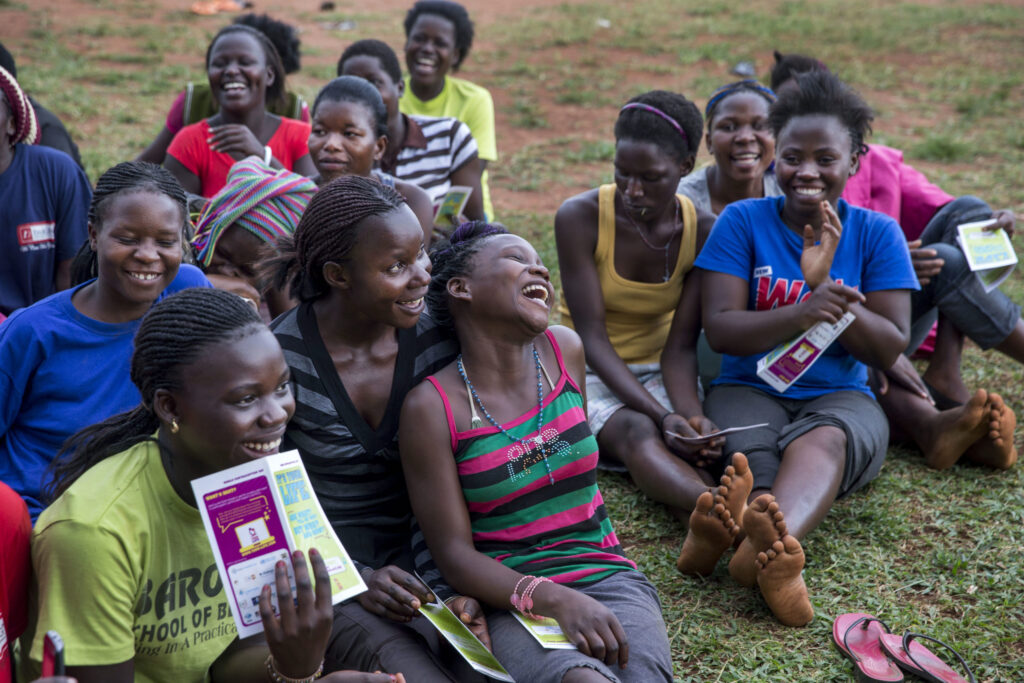

HIPs Briefs represent consensus around what works in family planning. HIPs describe family planning practices that have demonstrated impact, are applicable across settings, and are scalable, sustainable, and cost-effective. HIPs are classified as Service Delivery, Enabling Environment, Social and Behavior Change, or HIP Enhancements. Service Delivery and Social and Behavior Change HIPs are further categorized according to the strength of the evidence base for each practice – proven or promising.
The main audience of HIPs briefs are policymakers and implementers.
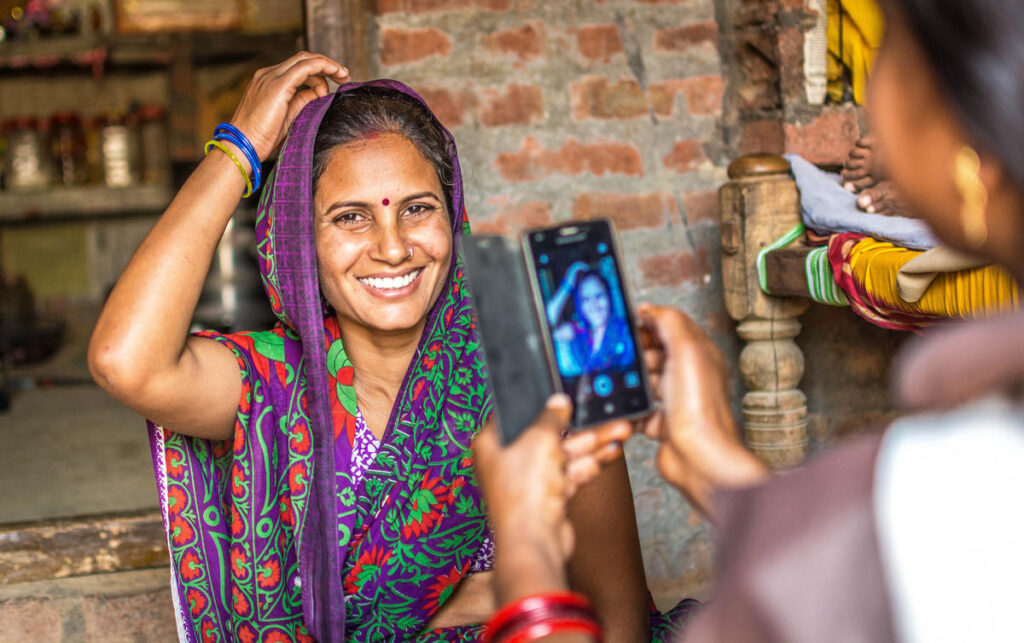
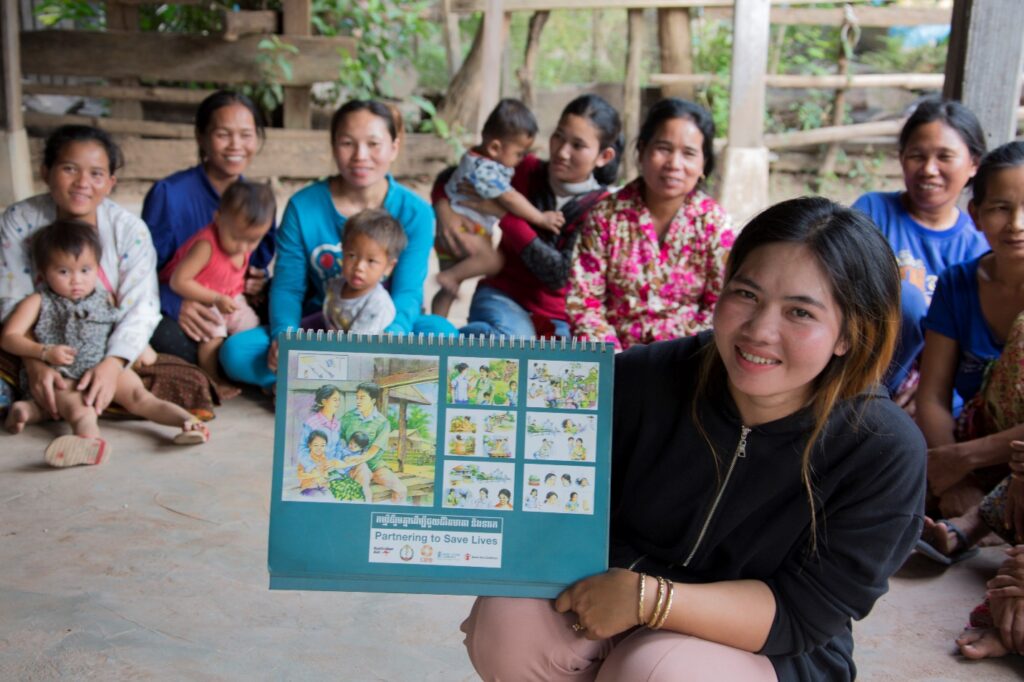
Community Health Workers
By systematically selecting and training CHWs and providing them with sustainable financial, administrative, and regulatory support, national health systems can extend benefits of CHWs to large populations and improve overall equity in knowledge of and access to health care, including family planning.
Read Brief chevron_forward
Family Planning Mobile Outreach Services
Mobile outreach service delivery provides a wide range of family planning services and methods, including short-acting, long-acting, reversible, and permanent methods, in locations chosen to reach populations with diverse access challenges and barriers.
Read Brief chevron_forward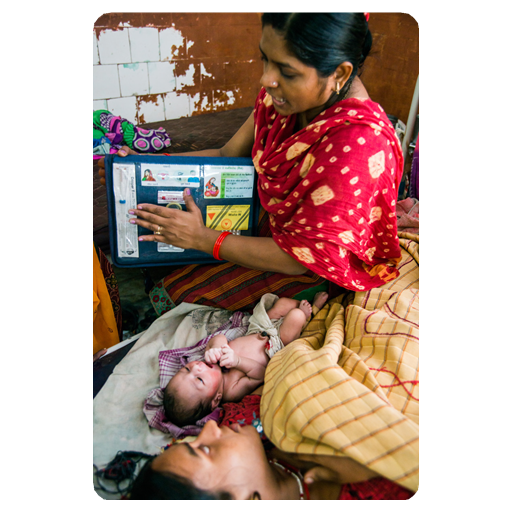
Immediate Postpartum Family Planning
Offer contraceptive counseling and services as part of facility-based childbirth care prior to discharge from the health facility.
Read Brief chevron_forward
Postabortion Family Planning
Proactively offer voluntary contraceptive counseling and services at the same time and location where women receive facility-based postabortion care to reduce unintended pregnancies.
Read Brief chevron_forward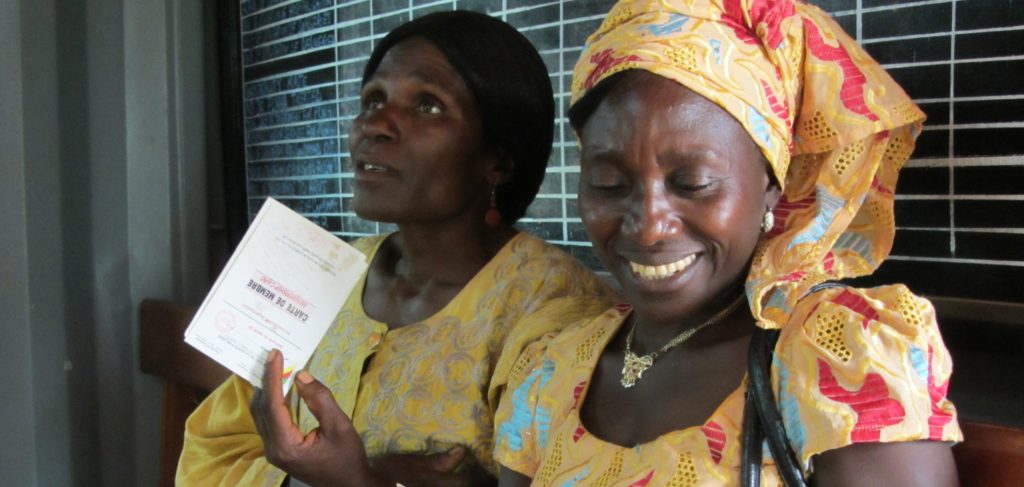
Social Marketing
Use marketing principles and techniques to shape the provision of contraceptive services and products to improve access, choice, and use for target populations.
Read Brief chevron_forward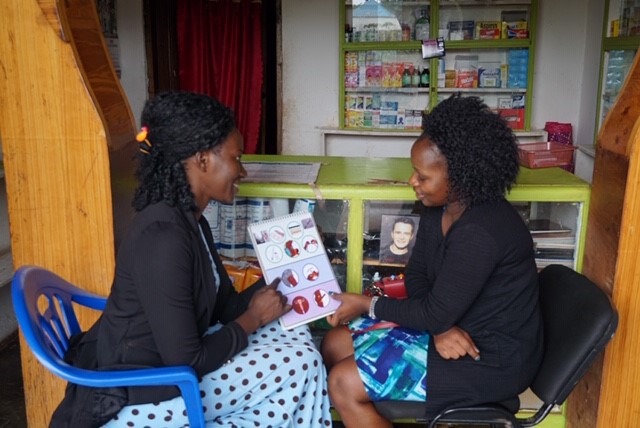
Pharmacies and Drug Shops
Expand choice and access in the private sector by training and supporting pharmacies and drug shops to provide family planning information and a broad range of quality contraceptive methods.
Read Brief chevron_forward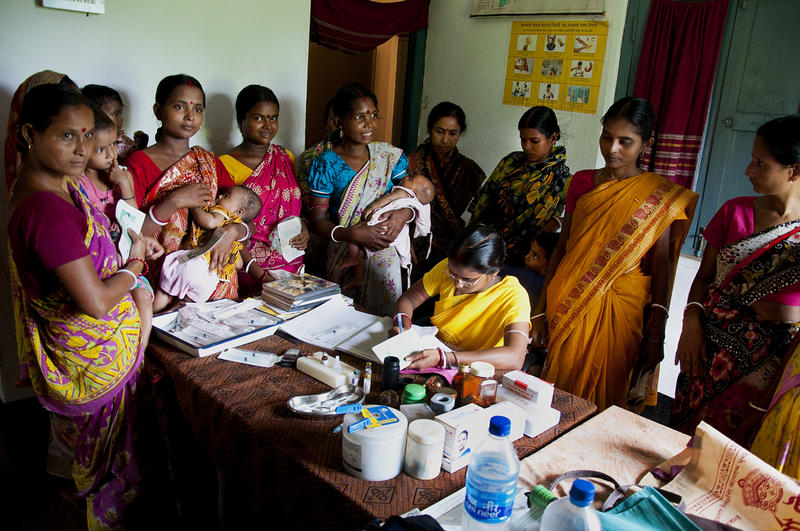
Family Planning and Immunization Integration
Offer family planning information and services proactively to women in the extended postpartum period during routine child immunization contacts to promote healthy birth spacing and reduce unintended pregnancies.
Read Brief chevron_forward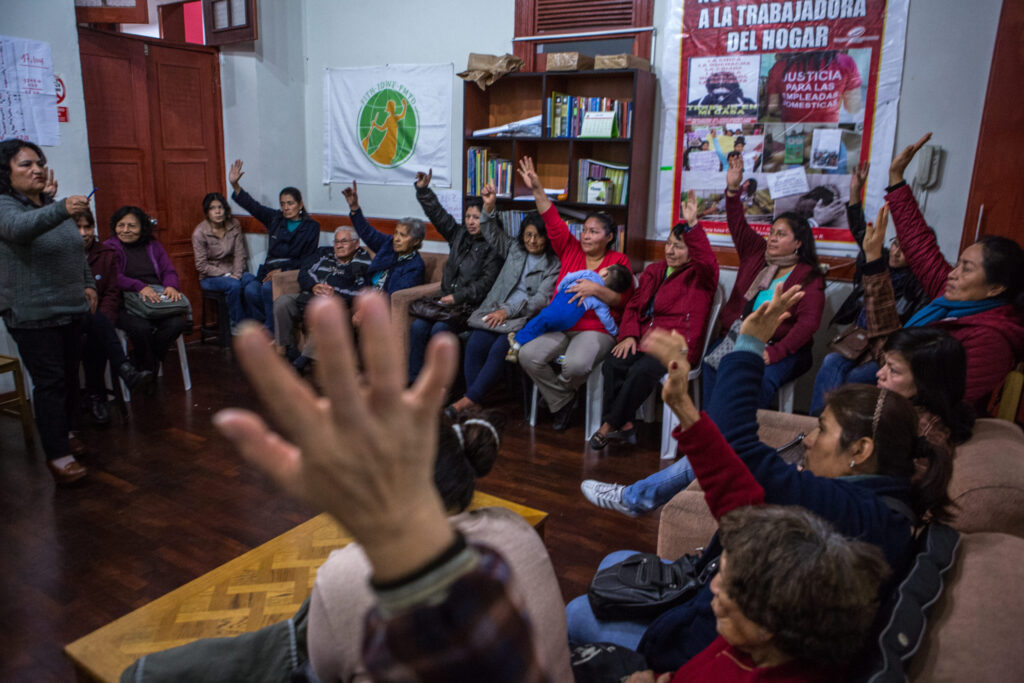
Enabling Environment Overview
Describes the set of interlinked groups of practices that provide the framework for FP: (1) policies, legislation, financing; (2) institutions, governance, and management; and (3) social and economic factors.
Read Brief chevron_forward
Domestic Public Financing
Increase allocation and efficient use of domestic public financing for voluntary family planning at national and subnational levels to ensure sustainability and resilience of family planning programs.
Read Brief chevron_forward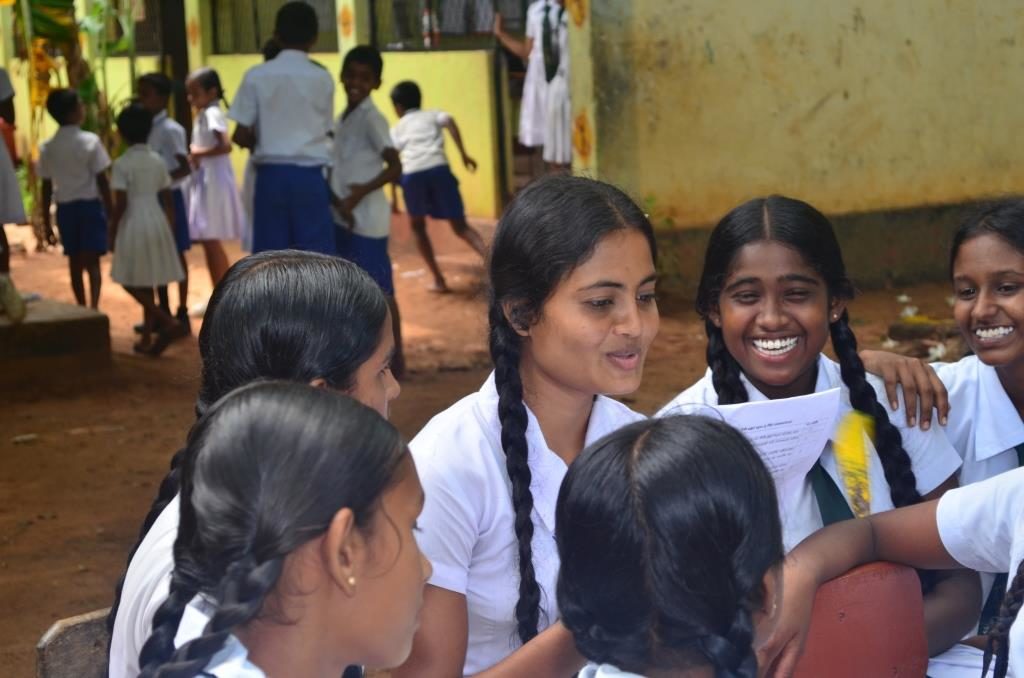
Educating Girls
Keep girls in school as a foundation for positive sexual and reproductive health behaviors and to promote broader health and development.
Read Brief chevron_forward
Galvanizing Commitment
Galvanize commitment through advocacy, evidence, and accountability to create a supportive environment for family planning programs.
Read Brief chevron_forward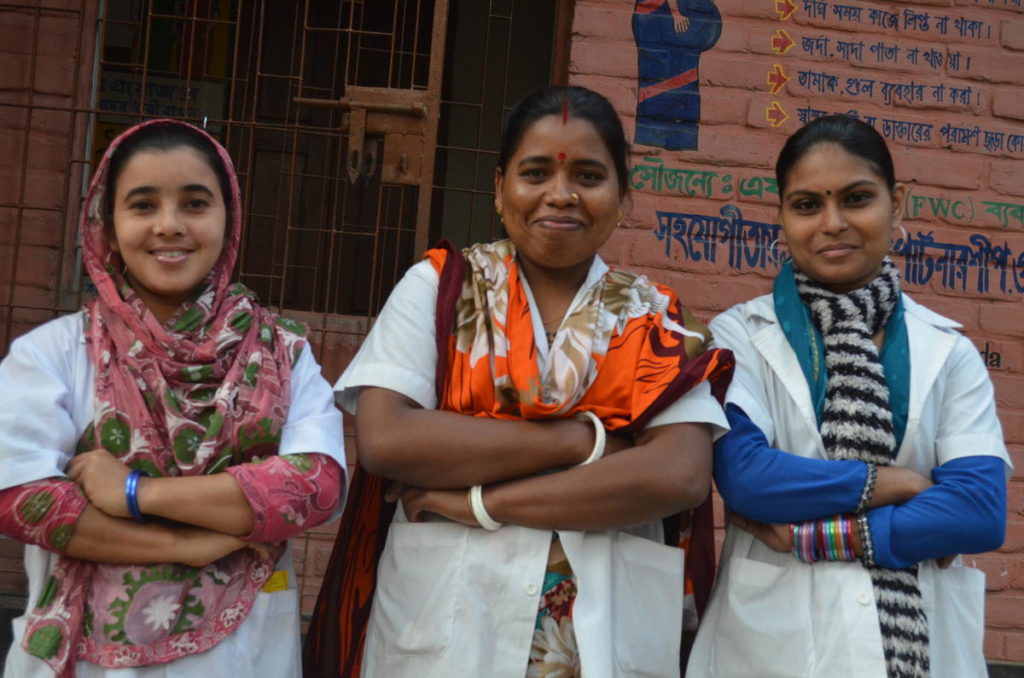
Leading and Managing
Strengthen capacity for leading and managing for excellence in family planning programs and help ensure resources are used effectively to achieve results.
Read Brief chevron_forward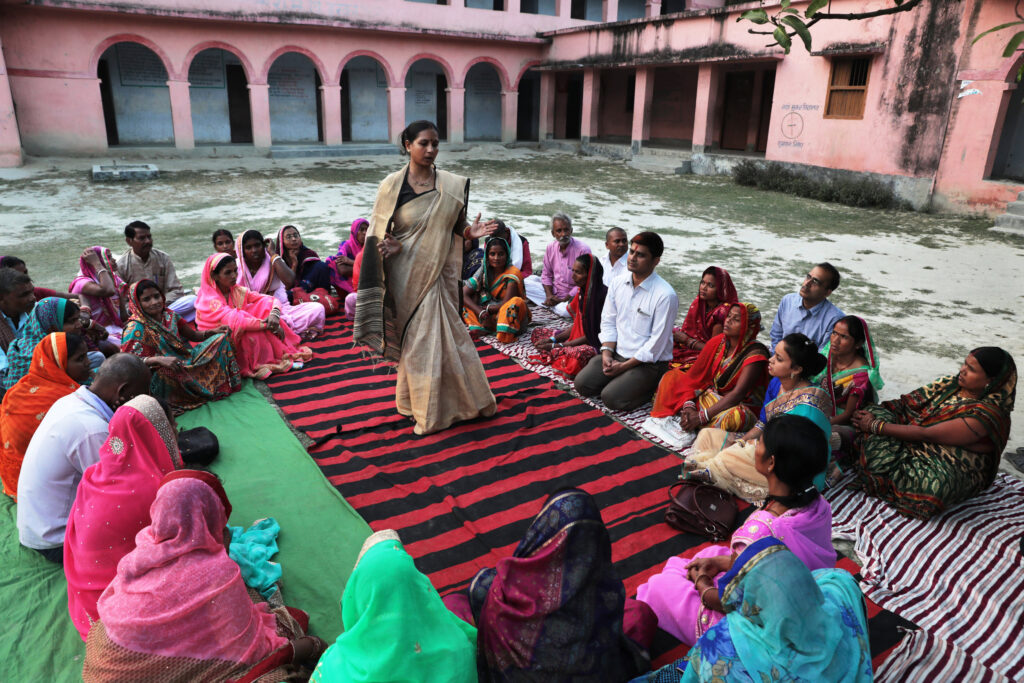
Comprehensive Policy Processes
Comprehensively develop, implement, and monitor policies to support high-quality family planning at scale.
Read Brief chevron_forward
Social Accountability to improve family planning information and services
Engage communities and health sector actors to jointly identify problems, and to implement and monitor solutions to hold each other accountable for improvements in the quality and responsiveness of family planning services.
Read Brief chevron_forward
Supply Chain Management
Invest in supply chain management by increasing data visibility and use, accelerating product flow, professionalizing the supply chain workforce, and capitalizing on private sector capacity to make modern contraceptives available.
Read Brief chevron_forward
SBC Overview
Describes how SBC helps understand and address determinants of FP behavior and identify channels for programming.
Read Brief chevron_forward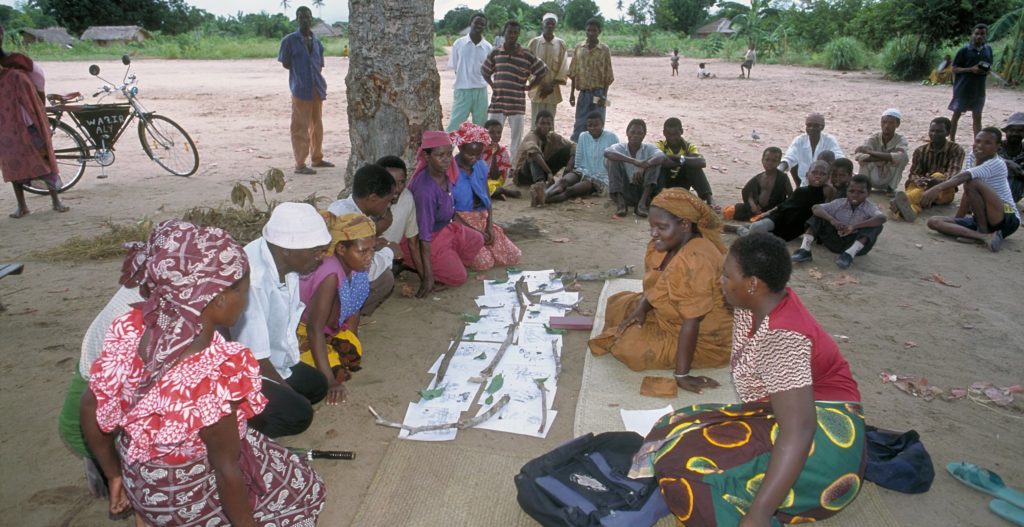
Community Group Engagement
Engage and mobilize communities in group dialogue and action to promote healthy sexual relationships and change norms to improve sexual and reproductive health.
Read Brief chevron_forward
Digital Health for Social and Behavior Change
As part of an evidence-based multichannel social and behavior change strategy, use digital technologies to support, maintain, and adopt healthy sexual and reproductive behaviors.
Read Brief chevron_forward
Mass Media
Use mass media channels to reach audiences far and wide with messages to support healthy reproductive behaviors.
Read Brief chevron_forward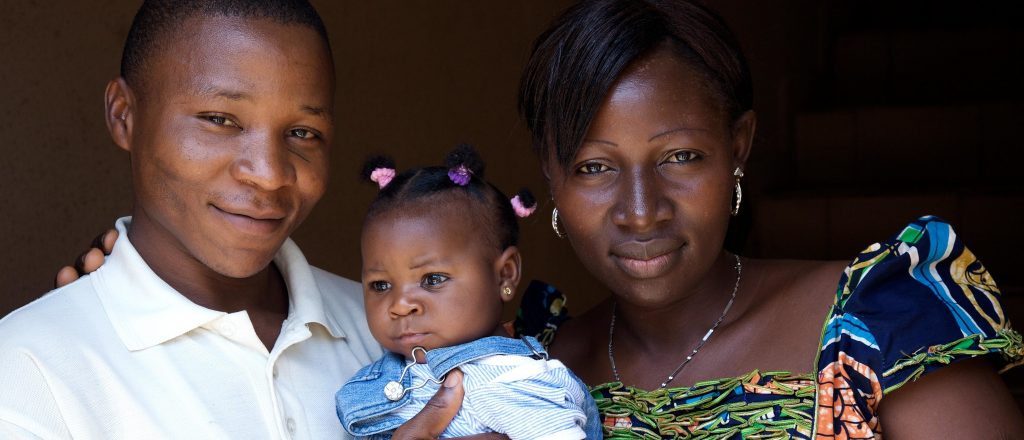
Promoting healthy couples’ communication to improve reproductive health outcomes
Implement interventions to encourage couples to discuss family planning/reproductive health and make equitable, joint decisions to reach fertility intentions.
Read Brief chevron_forward
Social Norms
Implement interventions that address social norms to support an individual’s or couple’s decision-making power to meet their reproductive intentions.
Read Brief chevron_forward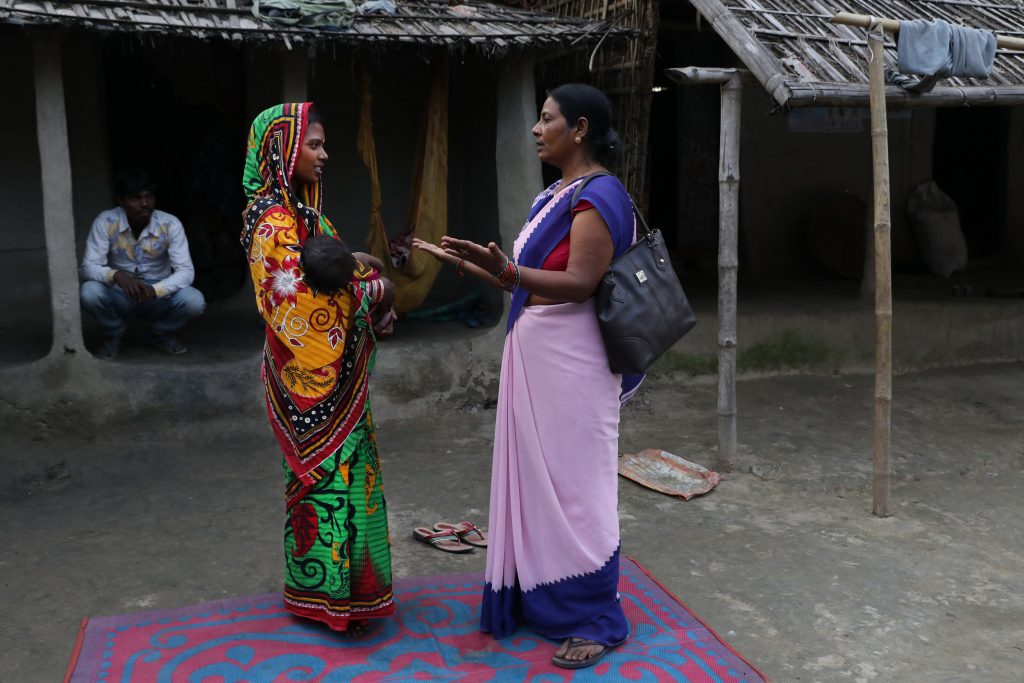
Knowledge, Beliefs, Attitudes, and Self-efficacy
Implement interventions to strengthen an individual’s ability to achieve their reproductive intentions by addressing their knowledge, beliefs, attitudes, and self-efficacy.
Read Brief chevron_forward
Contraceptive Self-Care
Approaches to contraceptive self-care encompass a range of technologies, practices, delivery channels, and social and behavior changes to facilitate greater control over one’s reproductive health.
Read Brief chevron_forward
Adolescent-Responsive Contraceptive Services
Apply a systems approach to make existing contraceptive services responsive to the needs and preferences of adolescents.
Read Brief chevron_forward
Digital Health to Support Family Planning Providers
Use digital technologies to support service providers' knowledge and capacity in delivering quality contraceptive services.
Read Brief chevron_forward
Digital Health for Systems
Use digital technologies to support health systems and service delivery for family planning and achieve time and resource efficiencies by helping to bridge physical distance and increase the accuracy and speed of data collection and reporting.
Read Brief chevron_forward
HIPs briefs are updated based on current evidence and information. View the previous versions of now updated HIPs briefs.